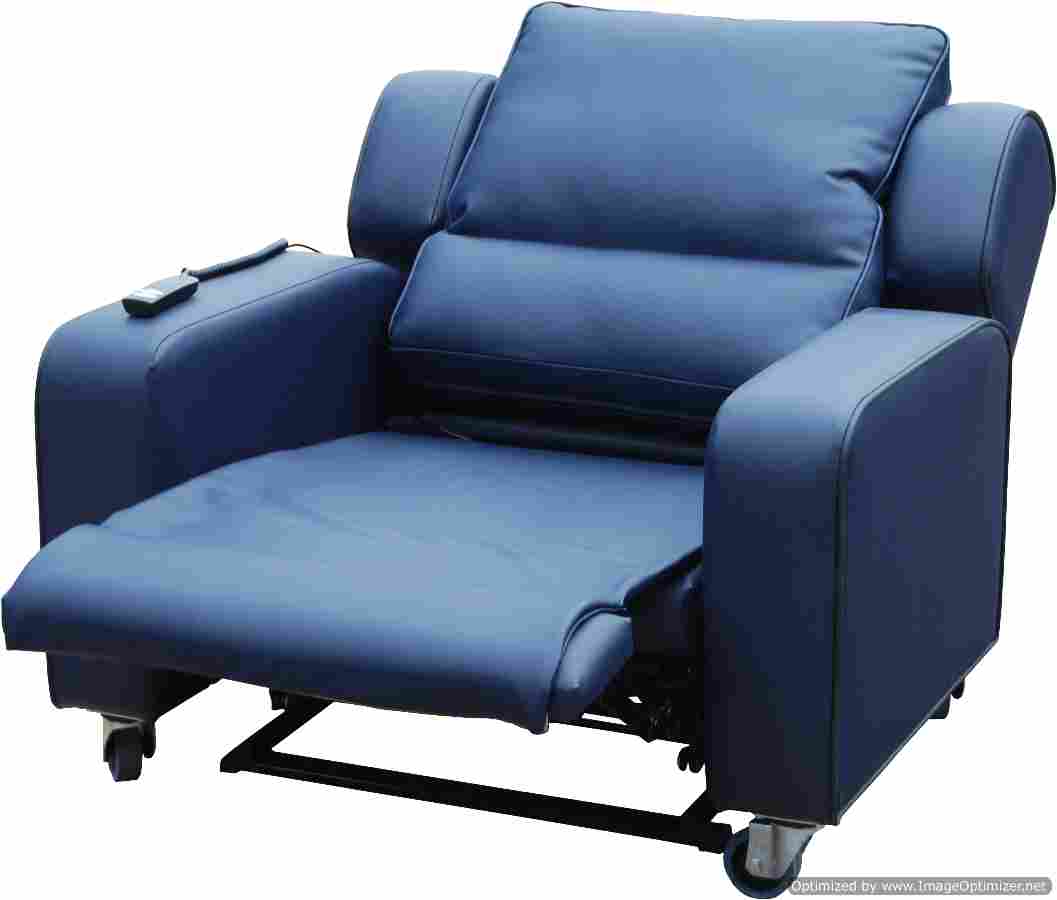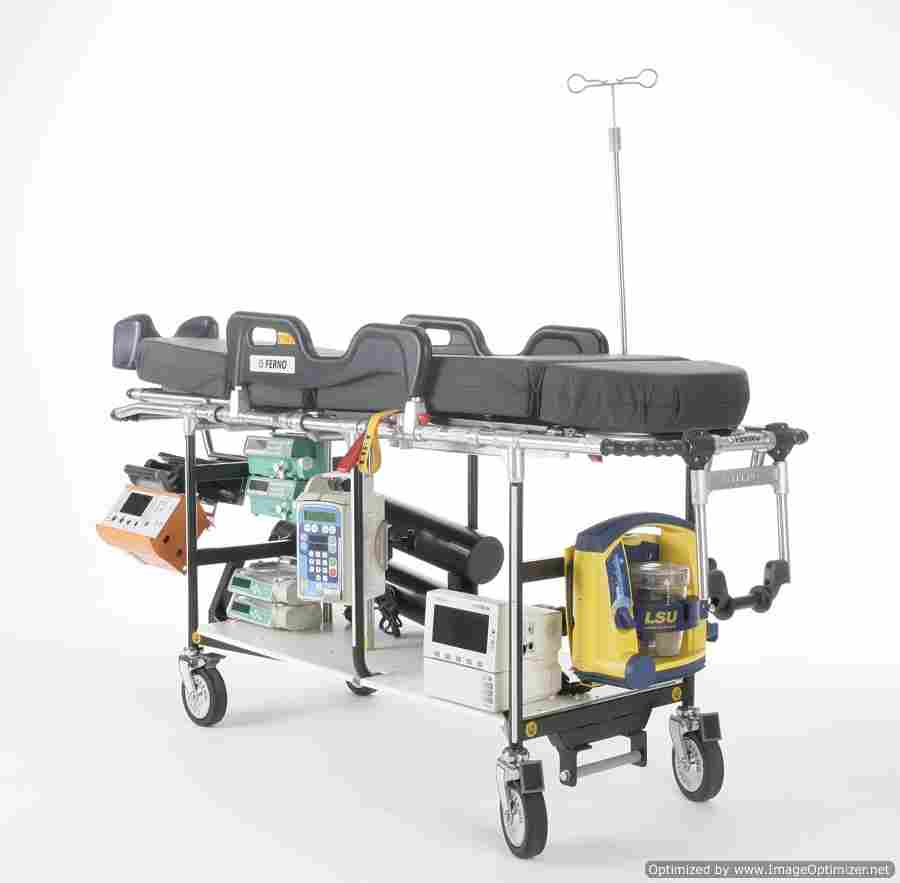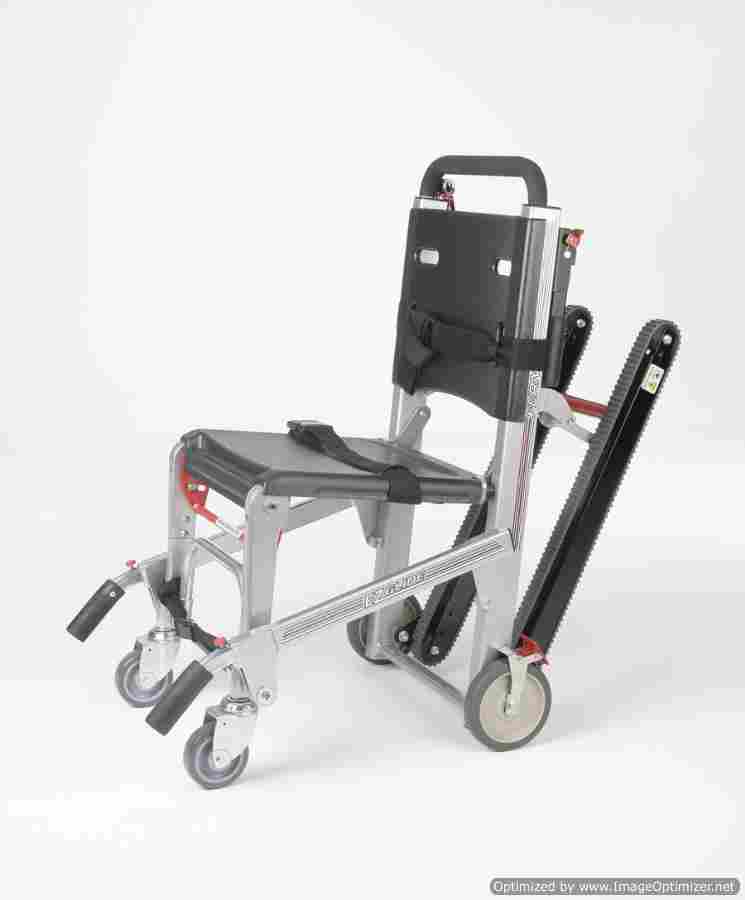ACCORDING to statistics from the Information Centre for Health and Social Care, in 2008 almost a quarter of adult men and women in England were obese, and the number of ‘finished admission episodes’1 with a primary diagnosis of obesity was eight times higher in 2008-09 than in 1998-99 and 60% higher than in 2007-08. By 2050, it is estimated that 60% of men and 50% of women could be clinically obese2.
It is essential that the appropriate equipment is available to ensure the patient is cared for in a safe, efficient and dignified way
For the healthcare system, this is likely to mean a rise in chronic medical conditions such as heart disease and diabetes, as well as an increase in the demand for bariatric surgery. It also presents challenges with regard to the procurement of equipment, both for staff and patients.
Benmor Medical specialises in equipment for bariatric patients – i.e. those weighing over 160kg (25 stone) with a body mass index (BMI) of 40 or more - a BMI of over 30 is considered obese.

“The increased size and weight of a patient poses a number of potential problems for staff tasked with caring for them during their stay in hospital,” a company spokesman said. “It is therefore essential that the appropriate equipment is available to ensure the patient is cared for in a safe, efficient and dignified way.” Appropriate equipment includes scales that can accurately assess a person’s weight and that go up to desired weights, wheelchair scales for those with limited mobility, hoists and slings to aid lifting, heavy-duty transfer boards, slide sheets, and walking aids that can bear the weight of those who are morbidly obese.
Another key issue is having beds and trolleys that are strong enough and wide enough to comfortably support the patient. The width of Benmor’s Aurum expandable bariatric bed, for example, can be adjusted from the standard hospital bed size of 36 inches to 48 inches and can support a patient weighing up to 414kg (65 stone). The four-section bed can be articulated in numerous positions and can be supplied with a choice of foam or dynamic air mattresses to help reduce the risk of pressure sores – a common problem among heavier patients.
Sidhil's bariatric range includes two and three-section plinths, specially developed for bariatric patients and, because of their width and design, particularly suitable for neuro and physiotherapies. The Bradshaw bariatric low nursing bed, for example, is designed for use in community, nursing and residential care settings, with a dynamic mattress system with variable pressure settings to reduce the risk of pressure ulcers. The company is now looking at developing a bariatric bed suitable for use in hospitals.
ArjoHuntleigh has also done a lot of work in developing beds, hoists and other equipment to meet the growing demands of the bariatric market. Its Contoura 1080 bed has been designed to look like a standard hospital bed in order to help reduce the stigma associated with obesity, but it can handle weights of up to 500kg (78 stone). Electrically-operated movements allow the patient to be repositioned without reduced moving and handling risks. The company has also developed a range of hoists and slings, the latest being the Tenor lifting range, which includes a mobile lifting system and a collection of slings to suit different body shapes and weights.

Another area in which specific bariatric products are needed is within the ambulance service. Stories abound of bariatric patients being transported to hospital on the floor of an ambulance because the available stretchers are not strong enough to take their weight. However, ambulance services are addressing this issue by acquiring specially-equipped bariatric ambulances for such patients. M and L Ambulance Services, for example, which provides services to a range of trusts in England and Wales, has a small fleet of bariatric ambulances with equipment that includes extra-wide ramps capable of carrying loads of up to 600kg, as well as electric winches to help load and unload beds, stretchers built to carry heavy patients, bariatric hoists, electric stairclimbers, lifting cushions and heavy-duty patient transfer boards.
From the evidence, we can see this is a developing market in the UK and we need to increase what we are doing to meet this demand
According to Ferno, one of the major suppliers of bariatric equipment for ambulance services, trolley equipment should be flexible enough to be used in extreme cases, but also in day-to-day medical treatment and transport. Its Megasus ambulance trolley was developed through consultation with leading health and safety experts from the ambulance service, as well as moving and lifting experts from several universities. It has a load capacity of 200-400kg, depending on height positioning, and can be lowered to 466mm to facilitate lateral transfers.

Ferno has also developed a range of trolleys for funeral and mortuary services, including a bariatric mortuary trolley - the Morti-Drive – that which has a safe working load of up to 350kg; and a bariatric funeral stretcher and electric bodylifter for weights of up to 300kg. Clearly, there is a need for appropriate equipment for the care of bariatric patients, not just for the health and safety of staff moving and handling such patients, but also to protect the dignity of the patients themselves in care homes, hospitals, operating theatres and in ambulances.
As Clive Siddall of Sidhil says: “From the evidence, we can see this is a developing market in the UK and we need to increase what we are doing to meet this demand.”
References:
1 A ‘finished admission episode’ is defined as the first period of inpatient care under one consultant within one healthcare provider
2 Foresight, Tackling Obesities: Future Choices, Foresight, Government Office for Science, 2007
